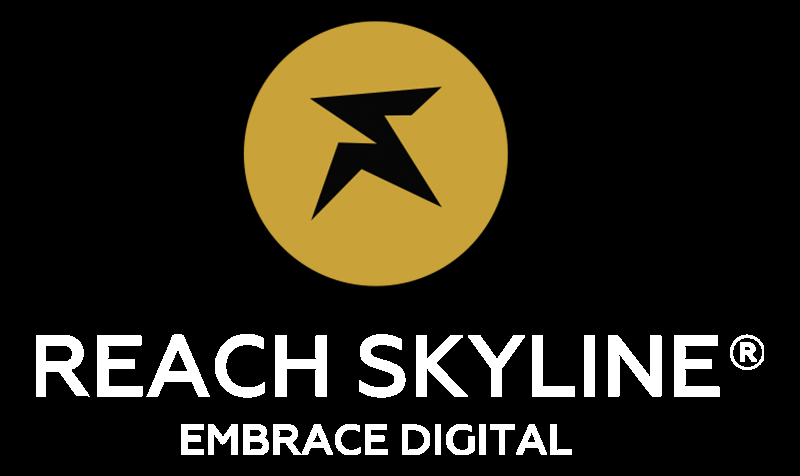The Hidden Costs of Organizational Inertia in Digital Marketing and How to Overcome It
In today’s fast-paced digital world, staying competitive is not just about keeping up with trends; it’s about embracing change and adapting quickly. However, many organizations face a major roadblock in the form of organizational inertia. This phenomenon, where businesses resist change due to established processes, old habits, or fear of the unknown, can significantly hinder growth and progress, particularly in the realm of digital marketing. Understanding the hidden costs of this inertia and knowing how to overcome it is essential for businesses aiming to thrive in the digital era. The Impact of Organizational Inertia on Digital Marketing Organizational inertia manifests in various ways, but its most visible impact is in the inability to adapt to evolving digital marketing strategies. For instance, many businesses rely on outdated marketing techniques, resistant to embracing newer technologies such as automation, AI-powered tools, or data-driven campaigns. This resistance can lead to missed opportunities, reduced engagement, and, ultimately, a decline in overall performance. A key area where inertia is felt is in the reluctance to adopt data analytics tools. In fact, a 2023 survey revealed that 45% of businesses still don’t fully leverage their data, even though data-driven marketing can lead to a 5-8% increase in overall efficiency. The failure to embrace such tools means organizations miss out on personalized marketing opportunities, which are essential for driving customer loyalty and satisfaction. Stagnation in Innovation One of the hidden costs of organizational inertia is the stifling of innovation. In digital marketing, innovation is key to staying ahead of the competition. The rise of new platforms, techniques, and technologies offers immense potential to engage customers in more meaningful ways. However, when an organization resists change, it fails to explore new opportunities and ultimately stagnates. Lost Revenue and Market Share Perhaps the most immediate and visible cost of organizational inertia is lost revenue. In a dynamic market, the inability to change quickly means that competitors who embrace new strategies will gain market share and companies that are digitally agile outperform their competitors by 30% in terms of revenue growth. In the context of digital marketing, this means businesses that refuse to invest in evolving strategies such as influencer marketing, social media advertising, or search engine marketing (SEM) may find themselves left behind. While companies are still debating whether to shift their focus to mobile-first strategies, businesses already doing so are reaping the rewards. 54.8% of global website traffic comes from mobile devices, yet many organizations are still not fully optimized for mobile, resulting in a major loss of potential revenue. Resistance to Change in Company Culture At the root of organizational inertia is often a resistance to change embedded in company culture. Employees accustomed to traditional ways of working may be hesitant to adopt new digital marketing practices, whether it’s using a customer relationship management (CRM) system or learning to navigate a new social media platform. This resistance can extend across departments, from marketing teams to senior leadership. How to Overcome Organizational Inertia Overcoming organizational inertia in digital marketing requires a multi-faceted approach. The first step is fostering a culture of innovation and continuous learning. Organizations should prioritize training and development to ensure employees are well-equipped to embrace new tools and strategies. By creating a learning environment, companies can help employees feel more confident in their ability to adapt to new digital marketing trends. Additionally, leadership plays a crucial role in driving change. When leaders are proactive in embracing digital marketing innovations, it sets a tone for the rest of the organization. Leadership should not only endorse new technologies but also actively participate in their implementation. Another effective strategy is setting measurable, incremental goals. Instead of attempting a major overhaul, businesses should focus on small, manageable changes that can build momentum. For example, businesses can start by integrating simple digital tools like email automation or A/B testing in their marketing efforts. These small wins will inspire confidence and motivate teams to embrace larger changes in the future. Lastly, collaboration between departments is essential. Marketing teams, IT departments, and management should work together to align digital strategies with broader business goals. This ensures that the digital marketing transformation is not siloed but integrated into the overall company vision. Engaging with a trusted Digital Marketing Consulting firm can also provide valuable insights and guidance, helping businesses overcome resistance and implement strategies effectively. Embracing the Future of Digital Marketing Organizational inertia in digital marketing is not just about being resistant to change.it’s about missing the opportunity to innovate, grow, and stay relevant. The digital landscape continues to evolve rapidly, and businesses that fail to adapt will inevitably fall behind. By acknowledging the hidden costs of inertia and taking proactive steps to overcome it, companies can foster a culture of agility, creativity, and success that will drive their digital marketing efforts forward. A strong focus on digital transformation through professional Digital Marketing Consulting can also provide the necessary expertise to overcome inertia and accelerate growth in the digital age.












